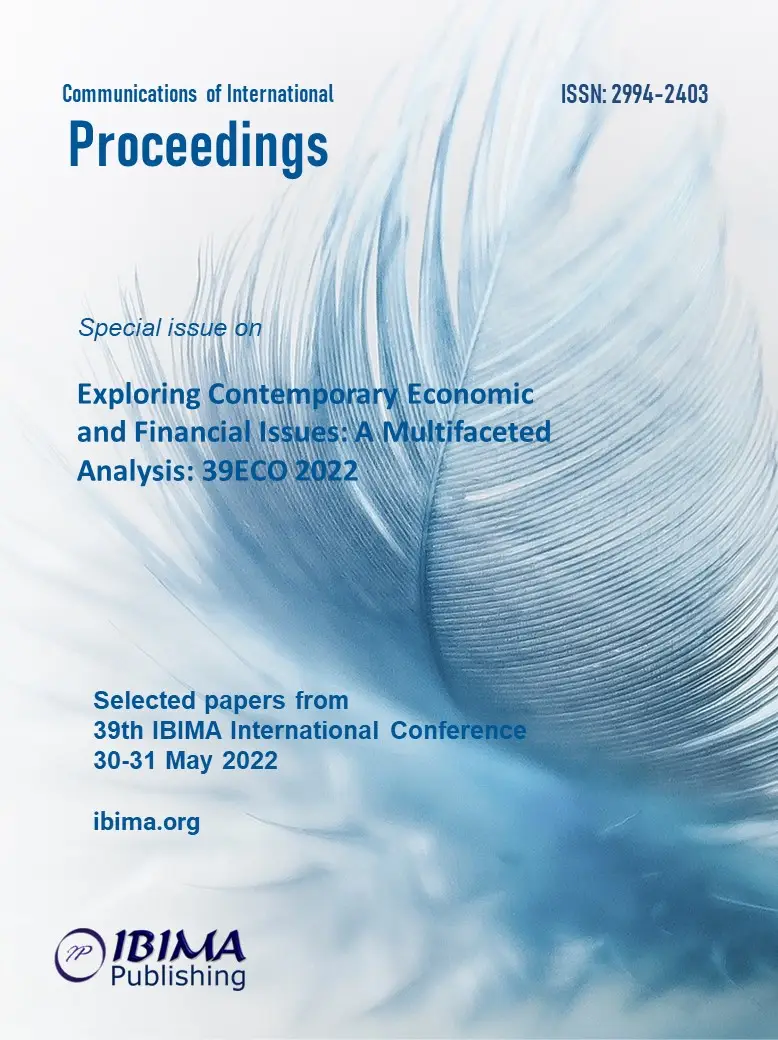
Karol WOJTOWICZ and Konrad SZYDLOWSKI
University of Warmia and Mazury in Olsztyn, Faculty of Economics, Olsztyn, Poland

Forecasting the rates of return of securities is the subject of interest of both theoreticians and practitioners, who, seeking to maximise profits, look for specific regularities in the distribution of rates of return. Investors use several methods and tools to support the decision-making process. Among the popular investment strategies used by financial investors are those based on identified stock market anomalies. One such strategy is referred to as a “losers-winners” anomaly. The contrarian investing strategy involves building a portfolio from assets with the lowest returns (losers) and selling securities with high returns (winners). This strategy assumes that financial instruments that have experienced significant losses in the recent past have a higher probability of rising. In developed markets, a contrarian investing strategy has been identified in both the short and long term. Particular attention was paid to evaluating strategy in the context of the securities market, while financial investors are increasingly interested in commodity market exposures.
The main aim of the article is to verify the investment strategy based on the overreaction of investors to incoming information – the contrarian strategy based on selected instruments of commodities markets. The effectiveness of investments in commodities between 2010 and 2021 was examined.
The results of the research indicated that the contrarian investing strategy has limited effectiveness in the commodity market. Its application has brought positive results for investments in commodities with relatively high rates of return (winners) and then held them in a short position. A different situation was observed for investments in commodities with relatively low historical rates of return (losers) and then keeping them in long positions. The vast majority of these investments generated losses. A reasonably strong correlation was also observed between the average rates of return and the investment duration.